November 26, 2023
Inujima, while centered on the museum, also has a few scattered “art houses”. This is, after all, a Benesse Project. The three islands hold a Triennale with site-specific art that remains after the show is over.
Art House F
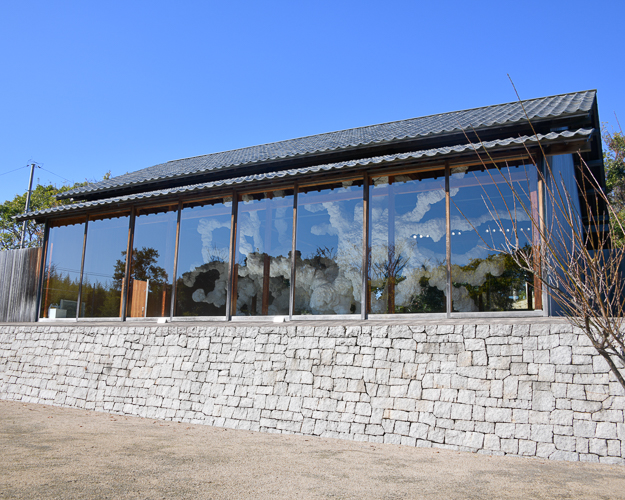
Biota (Fauna/Flora) 2013
This piece is by Kohei Nawa. The architect was Kazuyo Sejima.
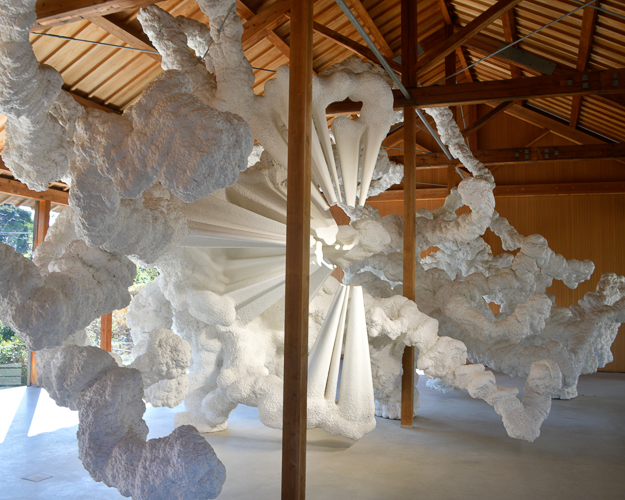
The description of the art in the house: Using variously shaped small art objects that remind of plants and animals, as well as sculptures made from the surface of diverse materials, Nawa created a dynamic space encompassing countless works as well as the building itself and its courtyards.
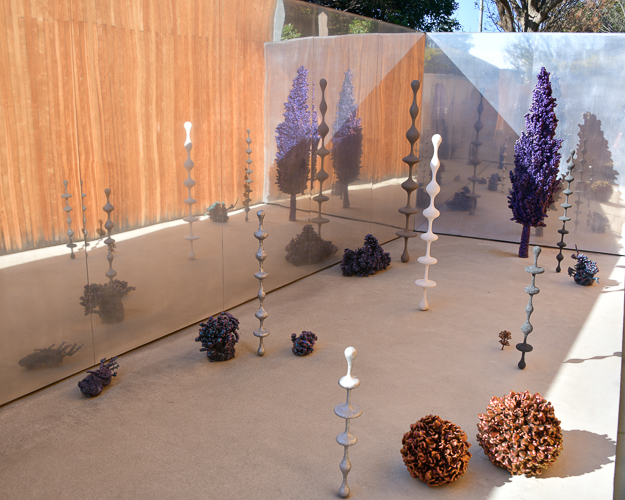
*
Art house S
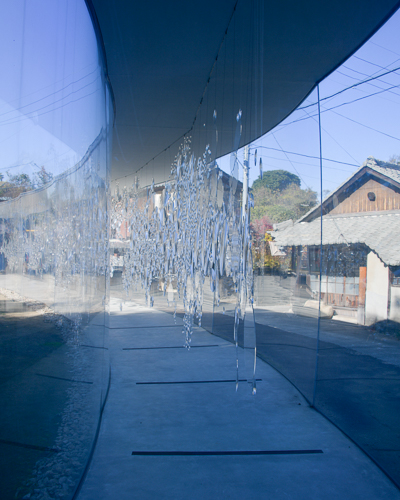 This piece is by Haruka Kojin. The work distorts the shape and size of the surrounding scenery through the use of numerous lenses of varying sizes and focuses.
This piece is by Haruka Kojin. The work distorts the shape and size of the surrounding scenery through the use of numerous lenses of varying sizes and focuses.
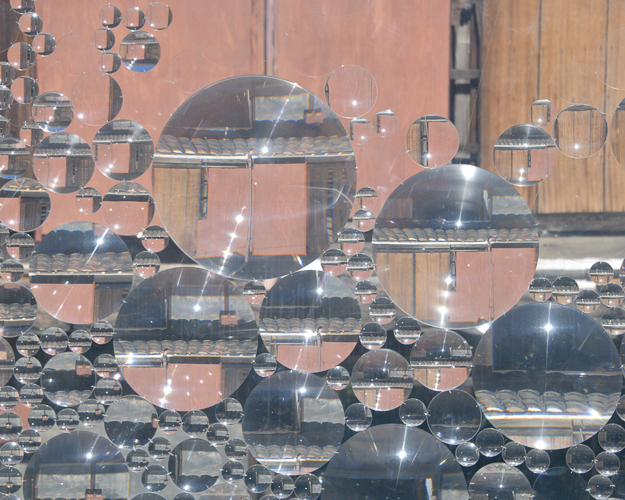
*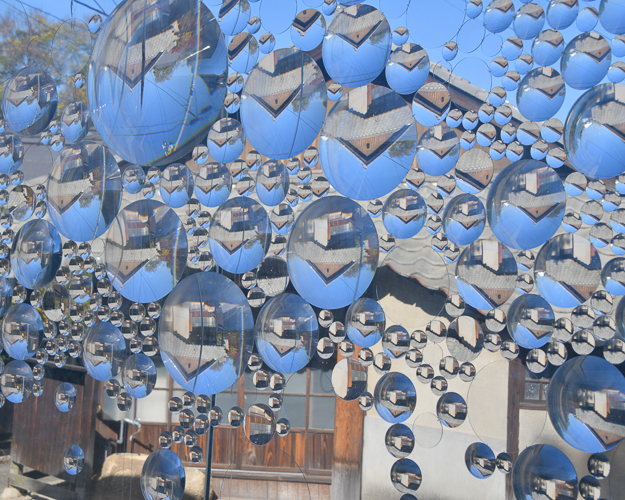
Art House I
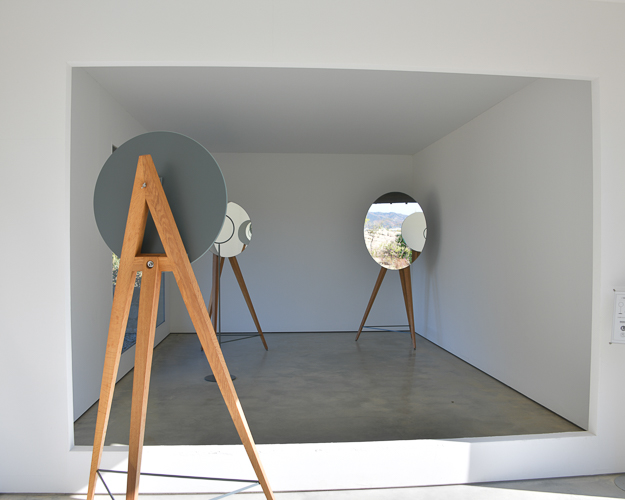
Self-loop 2015
This is by Olafur Eliasson. In this work, three mirrors were installed connecting the landscapes that are visible through the windows on two sides of the house. One precise point, positioned in the center of the work, allows viewers to stand in the exact center of an infinite tunnel.
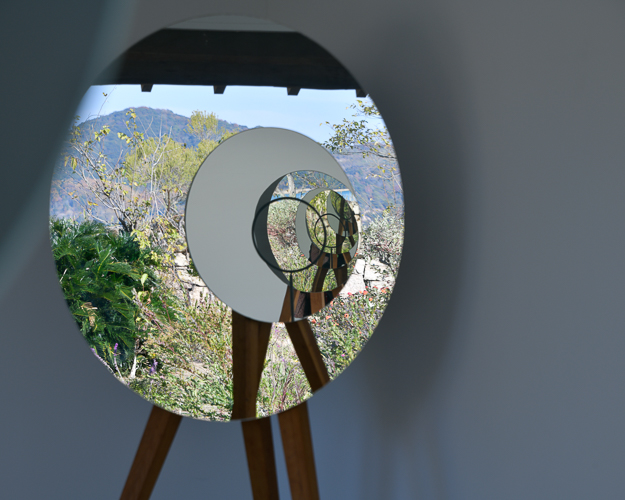
Former site of a stonecutter’s house
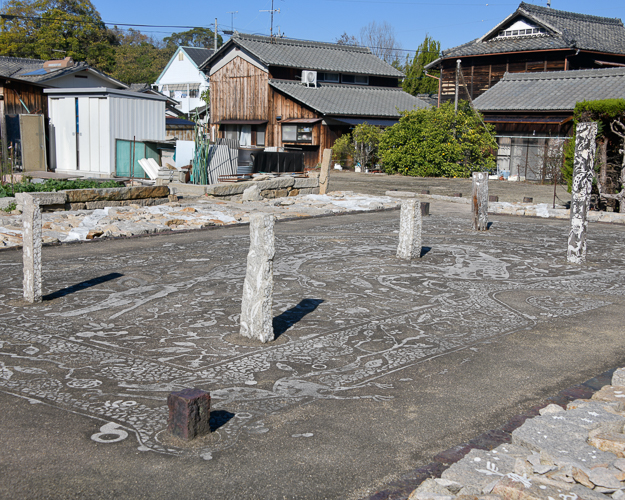
Listen to the Voices of Yesterday Like the Voices of Ancient Times 2016
The above was done in two stages by Yusuke Asai. The white paintings can also be spotted in other places around the island.
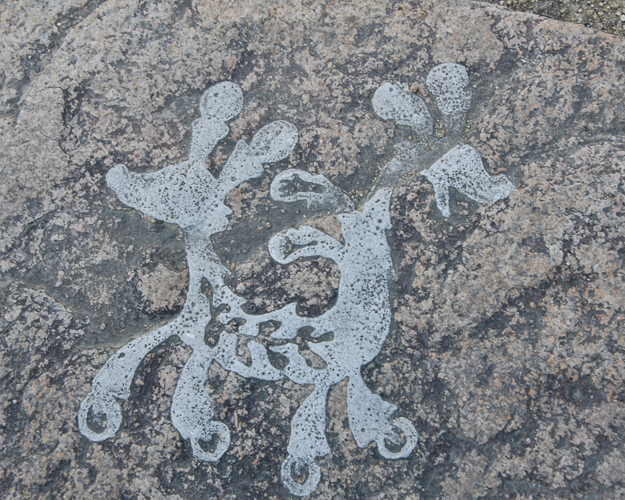
There is more art on the island. These are the ones that spoke to me. Here are some random shots I took while walking through the area.
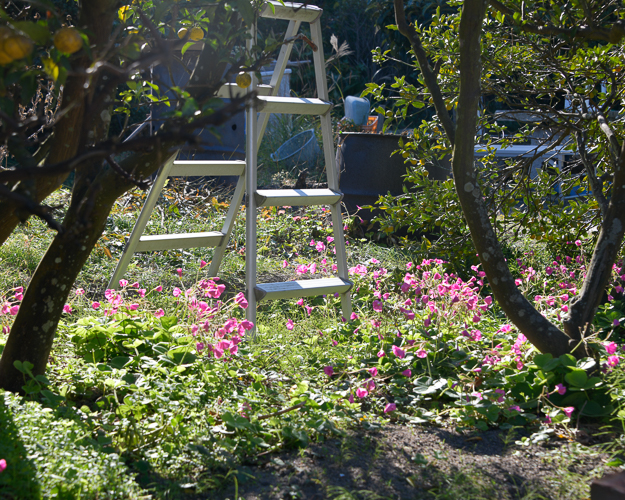
As the demand for the island’s industries declined so did the island’s population.

As of 2017 the islands population was a mere 47 people.

Around the island, I spotted Shou Sugi Ban. It is a decorative and architectural wood-burning technique that has been used for centuries in Japan. This traditional Japanese wood preservation method involves voluntarily charring wood to create a textural surface that is beautiful to look at.
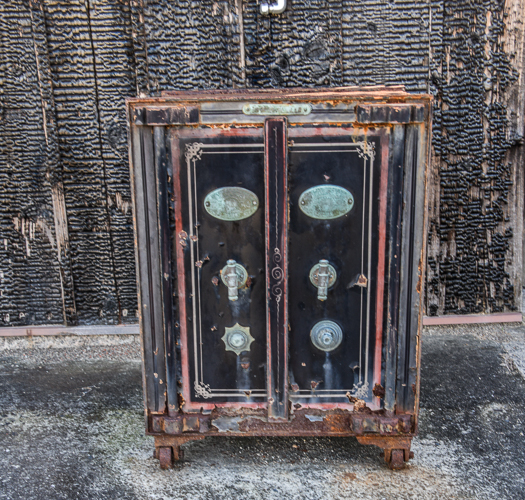
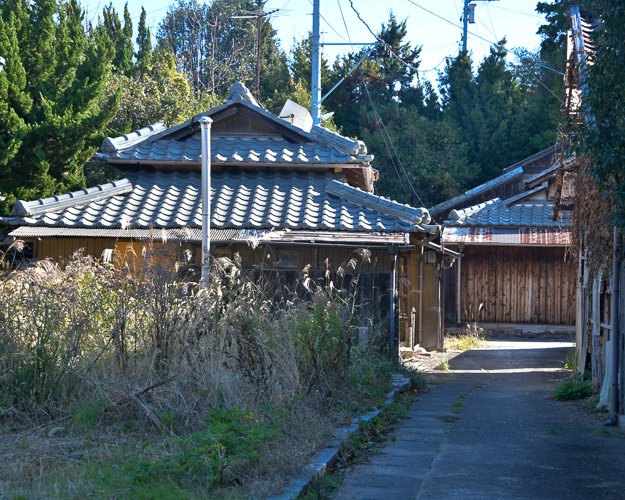
Due to the decline in population on the island many homes have been abandoned.
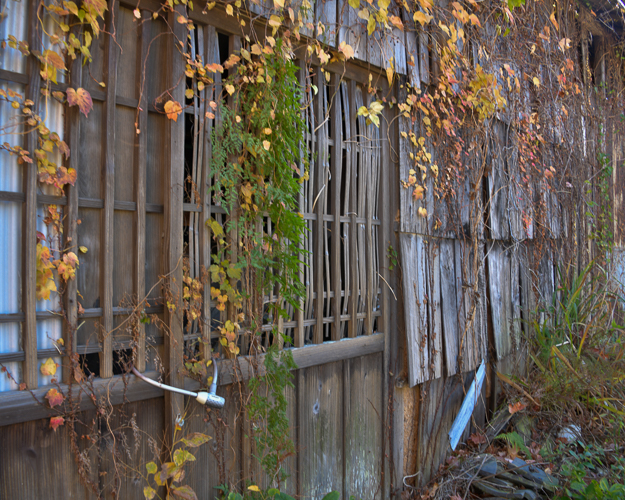 *
*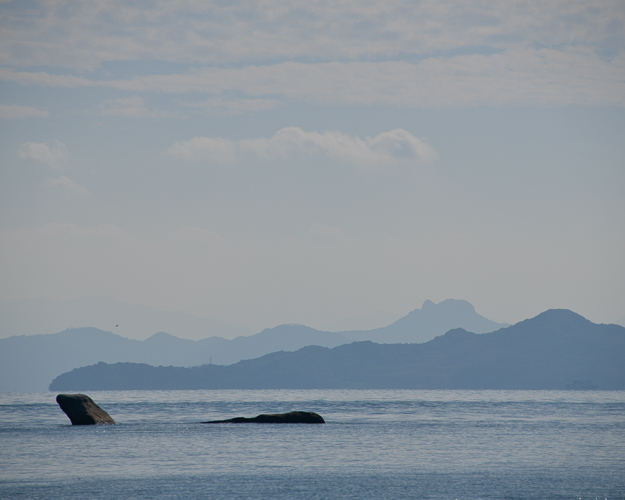
A visit to Inujima is an exploration of the past and, a calm, leisurely way to explore art.